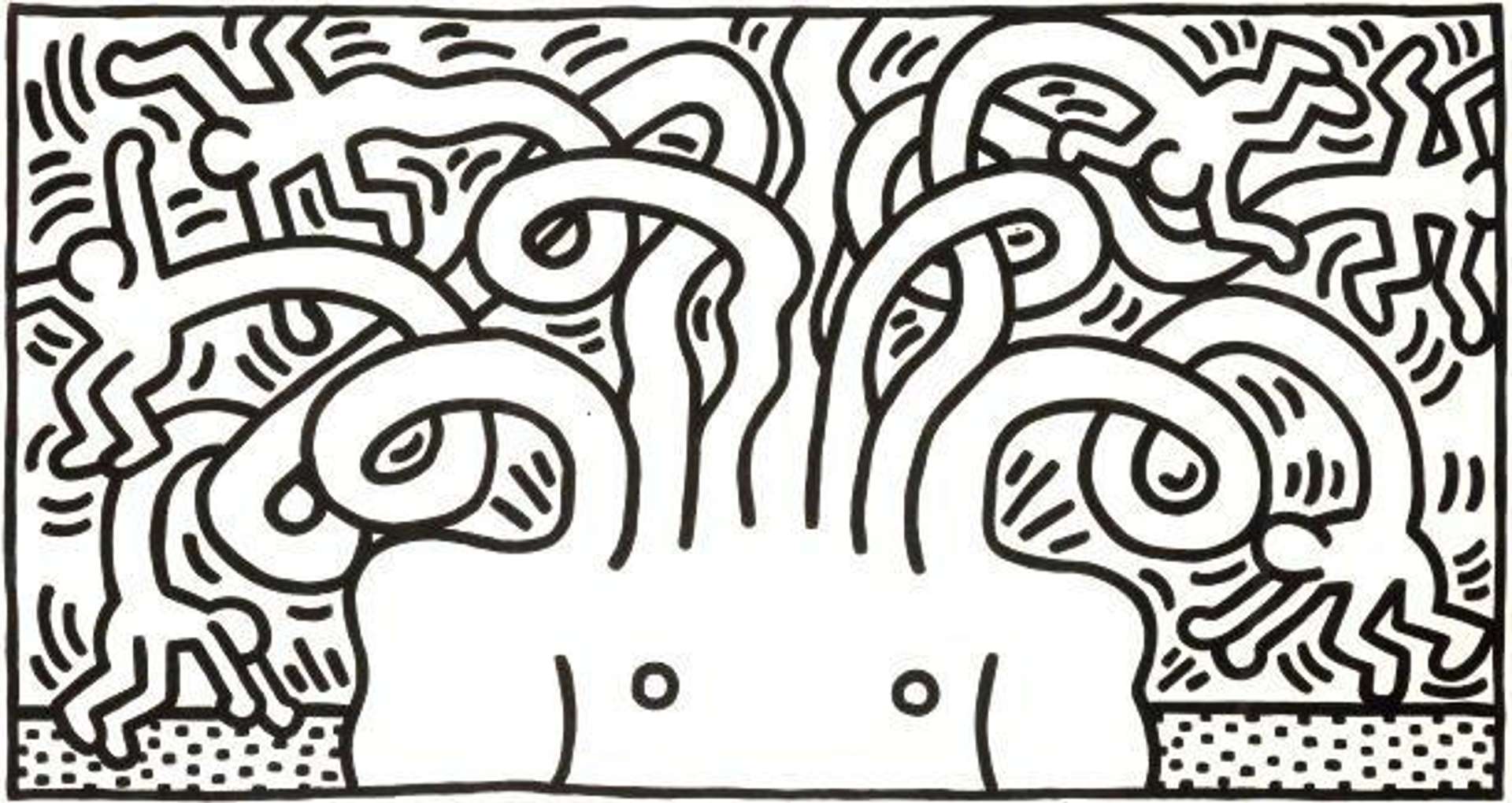Medusa Head

Medusa Head
Signed Print
Keith Haring
£110,000-£170,000
$210,000-$330,000 Value Indicator
$190,000-$290,000 Value Indicator
¥1,010,000-¥1,560,000 Value Indicator
€130,000-€200,000 Value Indicator
$1,100,000-$1,700,000 Value Indicator
¥20,780,000-¥32,120,000 Value Indicator
$140,000-$220,000 Value Indicator
AAGR (5 years) This estimate blends recent public auction records with our own private sale data and network demand.
There aren't enough data points on this work for a comprehensive result. Please speak to a specialist by making an enquiry.
Medium: Aquatint
Edition size: 24
Year: 1986
Size: H 128cm x W 238cm
Signed: Yes
Format: Signed Print
TradingFloor
MyPortfolio
Your collection tracked in real time.
Build your portfolio, manage valuations, view return against your collection and watch works you're looking for.
Track auction value trend
Auction Results
| Auction Date | Auction House | Artwork | Hammer Price | Return to Seller | Buyer Paid |
|---|---|---|---|---|---|
| July 2020 | Christie's New York - United States | Medusa Head - Signed Print | |||
| October 2013 | Christie's New York - United States | Medusa Head - Signed Print | |||
| September 2007 | Christie's New York - United States | Medusa Head - Signed Print | |||
| March 2006 | Christie's New York - United States | Medusa Head - Signed Print | |||
| November 2004 | Christie's New York - United States | Medusa Head - Signed Print | |||
| May 2004 | Christie's New York - United States | Medusa Head - Signed Print |
Meaning & Analysis
This signed screen print from 1986 is a limited edition of 24 by Keith Haring. Medusa Head is rendered in Haring’s trademark linear style and shows an image of a hydra-like figure whose tentacles stem from its neck and merge into individual bodies across the image. This is one of the large prints in Haring’s body of work and is typical in his exclusive use of black, rounded lines against a white backdrop.
Haring appropriated the image of the Medusa from mythology and art history, best known for having hair made of snakes but here the image is subverted so that her head is removed and the tentacles morph into human figures. As a powerful symbol that represents a dangerous threat that deters other dangerous threats, an image of evil that repels evil, Haring’s print seems to be a depiction of the chaos of human life that was felt in 1980s New York.
Medusa Head is very large in scale and uses simplified shapes and line to form a clear visual language for the public to understand. Although Haring’s choice of subject matter is dark, his playful linear style makes this print universally appealing. The figures hanging off the ends of the Medusa’s tentacles appear as though dancing, as emphasised by Haring’s use of action lines that convey a sense of positive energy to the viewer.